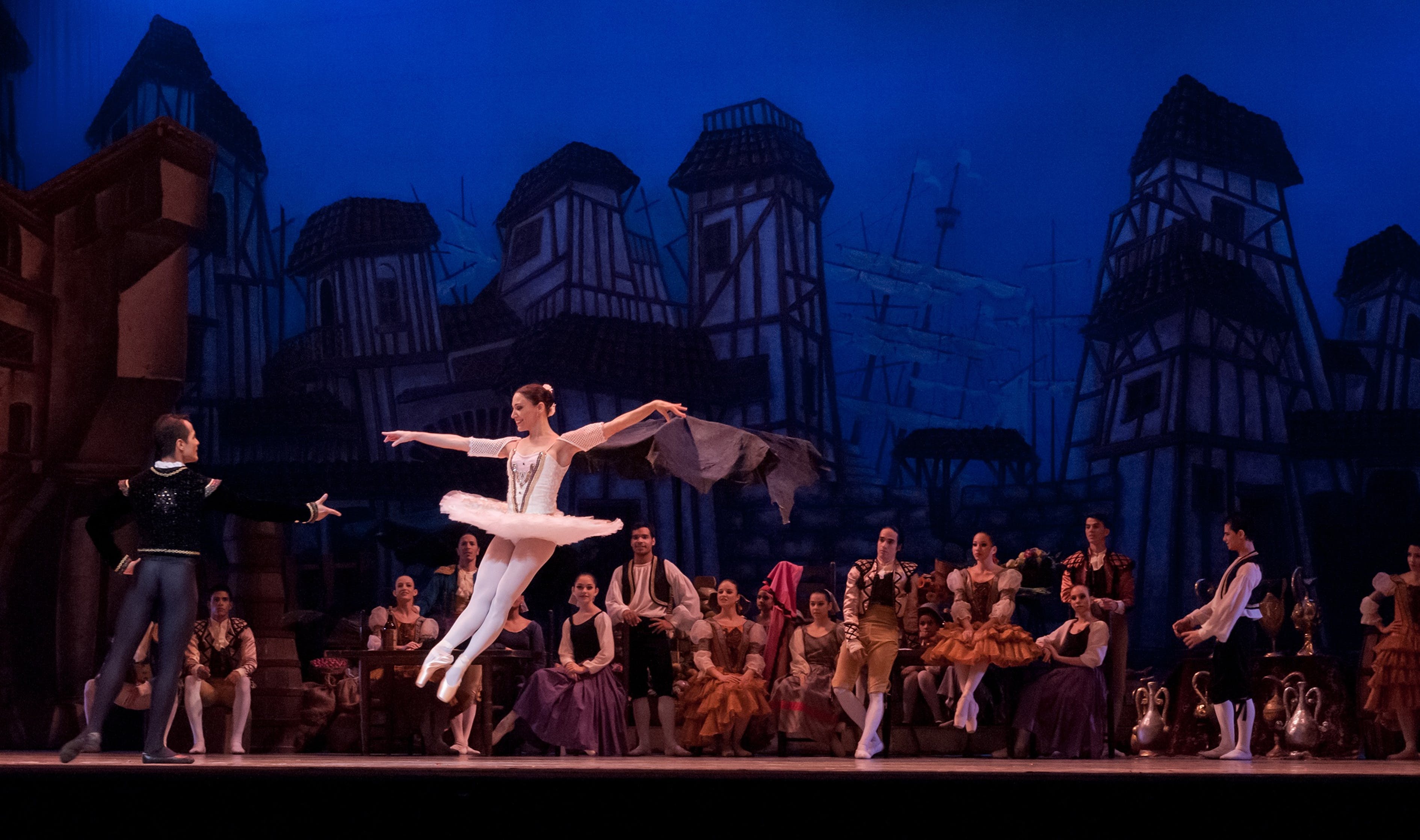Comments (4)
Ryan Smith
I miss going to the theatre
Lindsey Eddom
Very interesting
Brandon Havard
Immersive technologies will change many things
Hitesh Nirwan
Used to have some unforgettable memories with my parents

I miss going to the theatre
Very interesting
Immersive technologies will change many things
Used to have some unforgettable memories with my parents
Naveen is the Founder and CEO of Allerin, a software solutions provider that delivers innovative and agile solutions that enable to automate, inspire and impress. He is a seasoned professional with more than 20 years of experience, with extensive experience in customizing open source products for cost optimizations of large scale IT deployment. He is currently working on Internet of Things solutions with Big Data Analytics. Naveen completed his programming qualifications in various Indian institutes.
Leave your comments
Post comment as a guest